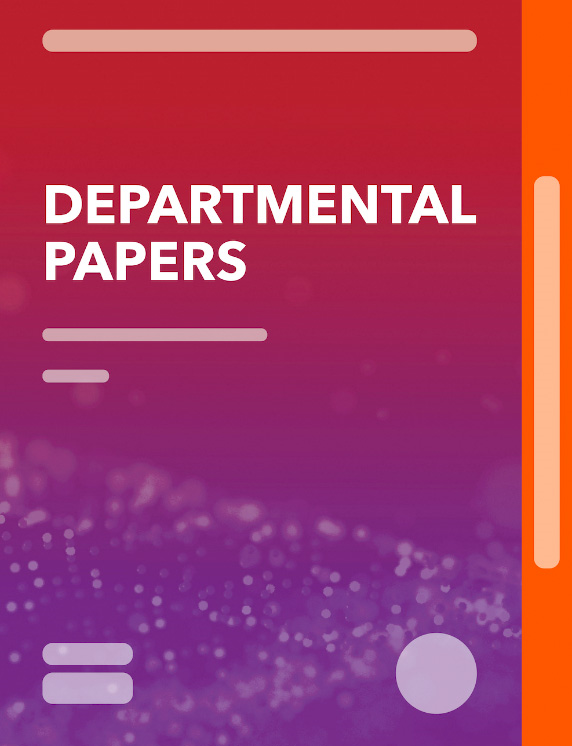Liquidity at Risk: Joint Stress Testing of Solvency and Liquidity
June 5, 2020
Disclaimer: IMF Working Papers describe research in progress by the author(s) and are published to elicit comments and to encourage debate. The views expressed in IMF Working Papers are those of the author(s) and do not necessarily represent the views of the IMF, its Executive Board, or IMF management.
Summary
Subject: Asset and liability management, Financial regulation and supervision, Financial sector policy and analysis, Financial statements, Liquidity, Liquidity risk, Public financial management (PFM), Solvency, Stress testing
Keywords: amount, balance sheet, Financial statements, Global, interactions channels, Liquidity, liquidity risk, liquidity-solvency nexus, loss amplification, risk interaction, Solvency, solvency risk, solvency shock, solvency-liquidity diagram, solvency-liquidity nexus, stress scenario, stress testing, variation margin, WP
Pages:
39
Volume:
2020
DOI:
Issue:
082
Series:
Working Paper No. 2020/082
Stock No:
WPIEA2020082
ISBN:
9781513546131
ISSN:
1018-5941




